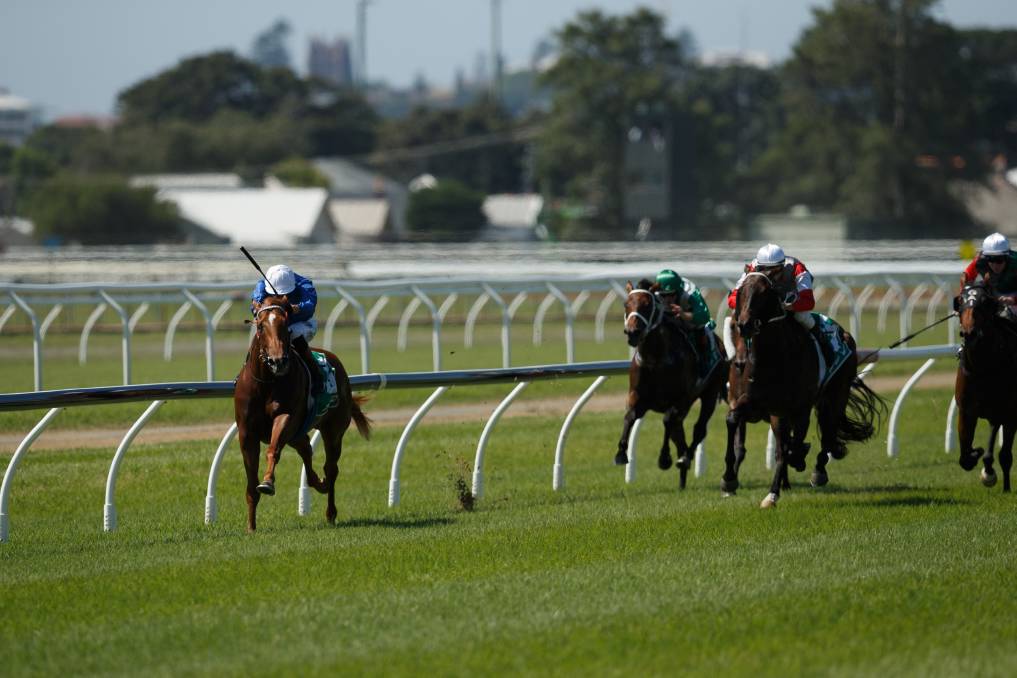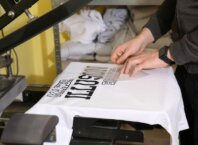In a horse racing track, there are certain barriers which are set up on both sides of the racing strip. These demarcate the boundary between the race track and the track for training, and they are used as guidelines for horses to run. Rails, especially the temporary ones, are often used in turf courses to help maintain the track. The position of the rail is usually measured in feet, which means if the rail is positioned at 10 feet, then its actual width is 10 feet more than the original position. If the inner ground of the course becomes a bit damaged, a temporary running rail can be set up there to keep horses away from that part of the track. Here, we will talk about some things to consider while setting up horse racing rails.
Factors To Consider Before Placing Horse Racing Rails:

1. Adequate Distance To Be Maintained: The position and distance of the horse racing rails play a significant role in determining the configuration of the race course. The pro tip is to distance the rails at a larger distance, at least two meters away from crowd barriers to ensure the safety of the runners and to provide an advantage to the horses running at the front. Double rails can be used to divide the racecourse into two adjacent tracks so that none gets overused. Previously, turf courses used to be having seven rails, with seven feet distance between two, starting from point zero up to 14 feet. The new rail positions are spaced at a six-feet distance, from zero to thirty feet.
2. Should Be Authorised: The racing rail should be made according to the stringent standards set down by the appropriate horse racing authority. It should conform to the industry approved testing protocols set down by the said authority’s department of the race course and have the year of manufacture imprinted upon those.
3. Should Be Colour Coded: The horse racing rails should have color coding at the points through which the outsiders can access the court. Moreover, it has been found that horses cannot recognize the color orange, which is the standard color for rails. Therefore, these should be painted with colors that stand out to horses like, white, neon yellow or light blue which does not blend into the green or brown background.
4. Should Have The Right Material For Providing Adequate Support: While metals like aluminum and steel are sturdier, PVC material is actually the safest and most supportive. PVC horse running rails are extremely flexible while being resistant and can support the horse if a collision occurs, returning to the original position later on. Two types of horse racing rails are available: “swan-neck uprights” and “straight” ones, swan-necks being extremely popular for galloping tracks. These are fixed to the ground with wood or metal, they might have occasional slip rails and do not require any support above the ground level.
5. Should Be Shock-Absorbent: The horse racing rail should be designed in such a manner so as to absorb the maximum impact that can occur from a high-speed horse racing competition. The surface should be smooth and rounded and the fixing should be concealed to prevent the horse or the jockey from getting injured. One can lock two parallel rails together with brackets mounted on single posts so as to reinforce the shock absorbent capacity of the horse racing rails.
These are the necessary precautions to be taken while setting up horse racing rails. High-quality materials and adherence to guidelines as the ones listed above will ensure that the race is executed with maximum transparency and safety of the horse and the jockey is ensured.







